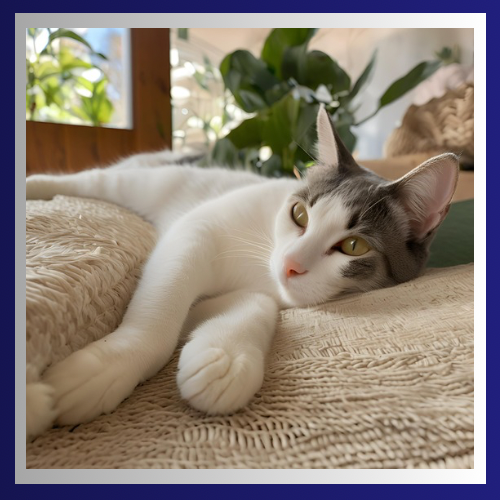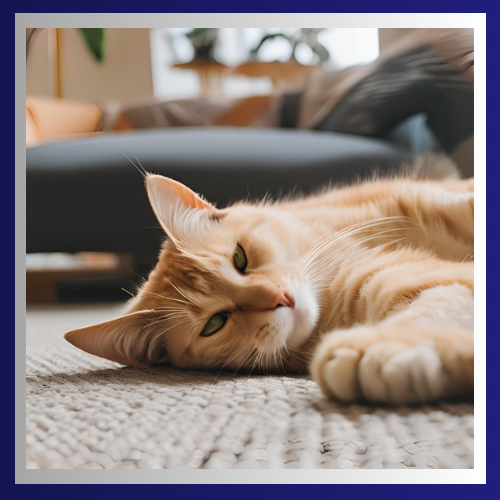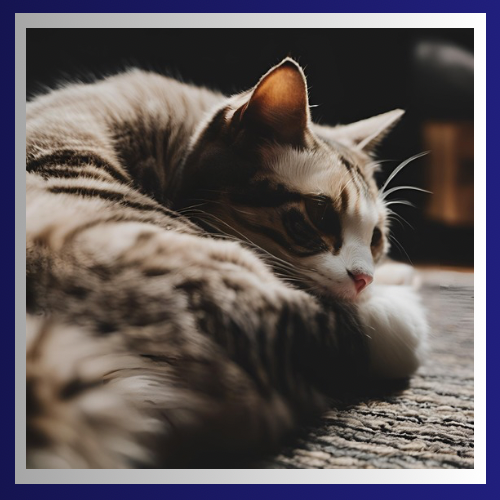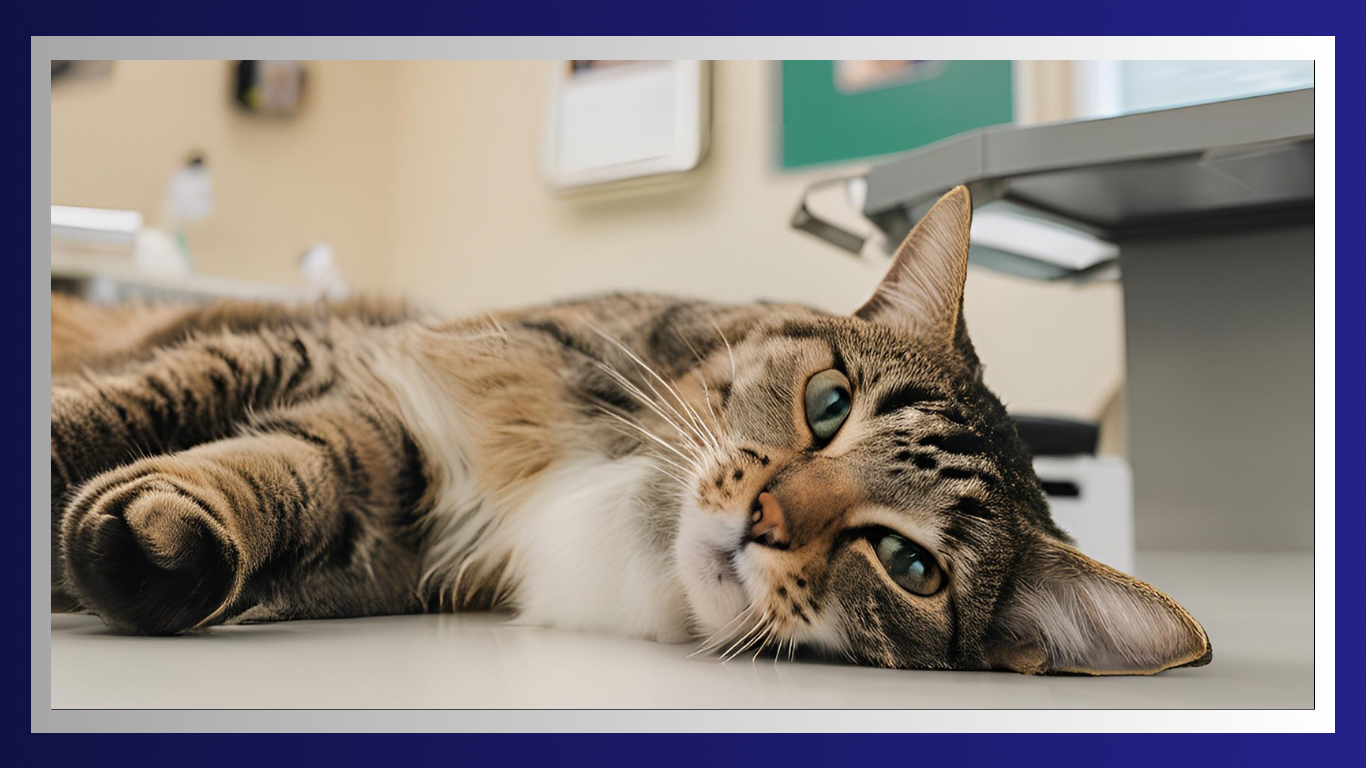Cats are beings, each one with their own distinct character and peculiarities. Similar to humans they can be afflicted by a range of health issues, including epilepsy. Witnessing your cat endure an episode can be quite distressing. This manual offers guidance on aiding your cat during episodes along with some interesting facts and special traits about these delightful creatures.


Insight into Epilepsy in Cats
Epilepsy is a condition marked by seizures. Seizures in cats may stem from sources like predisposition, brain trauma, infections, toxins or metabolic irregularities. Recognizing the signs of a seizure and knowing how to react can greatly impact your cats welfare.
Indicators of a Seizure
Cats undergoing a seizure might display the indications:
1. Sudden Collapse: Your feline companion may abruptly tumble over.
2. Muscle Twitches or Jerks: You could observe movements in the limbs or facial area.
3. Loss of Awareness: Your cat might seem unresponsive.
4. Drooling or Foaming at the Mouth: Excessive salivation is common, during seizures.
When a cat has a seizure they may meow loudly. Make sounds. Loss of control, over bladder or bowel movements can also happen.


What to Do Right Away When Your Cat Has a Seizure
1. Stay calm. Composed to help your cat through the seizure.
2. Make sure there are no objects around that could harm your cat during the seizure and try to cushion their head.
3. Avoid restraining your cat or putting anything in their mouth to prevent injuries.
4. Keep track of how the seizure lasts. If it goes on for more than 5 minutes seek urgent veterinary care.
5. Create an environment by turning off lights and reducing noise to help lessen overload.
Caring for Your Cat After a Seizure
1. Comfort your cat with words and reassurance as they may feel disoriented after the seizure.
2. Allow your cat to recover in an cozy space.
3. Watch out for any behaviors or signs of seizures in your cat.
Keep track of any seizure episodes by writing down the date, duration and any factors that may have preceded it. This information will be helpful, for your vet.


Long Term Care
1. Make an appointment with your veterinarian to talk about the seizure and potential underlying reasons.
2. If your cat is diagnosed with epilepsy your vet might prescribe medications. Be sure to give those as instructed.
3. Regular check ups are essential to keep an eye on your cats health and make any treatment and adjustments.
4. Set up an environment for your cat by minimizing dangers.
In conclusion
When a cat experiences a seizure it is essential to remain composed ensure the cats safety and consult a veterinarian for guidance. By providing care and support cats with epilepsy can enjoy meaningful lives. Recognizing and accommodating their needs strengthens the bond, between you and your beloved feline companion.
By equipping yourself with knowledge and maintaining a supportive environment, you can help ensure the well-being of your cat during epileptic episodes and beyond.
For more information and support, consider visiting these resources:
• PetMD.com. Epilepsy. https://www.petmd.com/cat/conditions/neurological/epilepsy-cats
• Cornell University College of Veterinary Medicine. Neurological Disorders. https://www.vet.cornell.edu/departments-centers-and-institutes/cornell-feline-health-center/health-information/feline-health-topics/neurological-disorders
• International Cat Care. Epilepsy. https://icatcare.org/advice/seizures-epilepsy-in-cats/





Thanks for sharing. I read many of your blog posts, cool, your blog is very good.
Thank you, your article surprised me, there is such an excellent point of view. Thank you for sharing, I learned a lot.
Thanks for sharing. I read many of your blog posts, cool, your blog is very good.